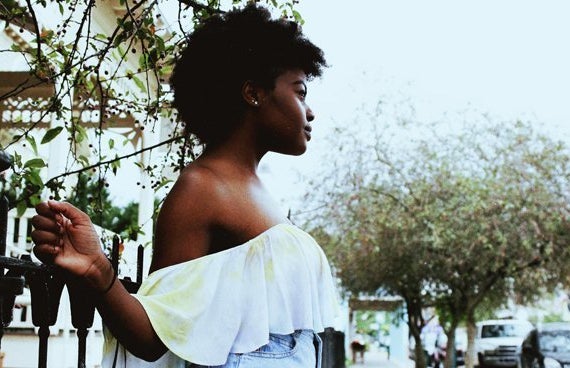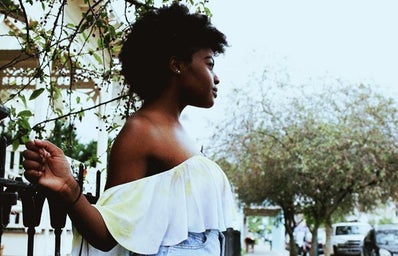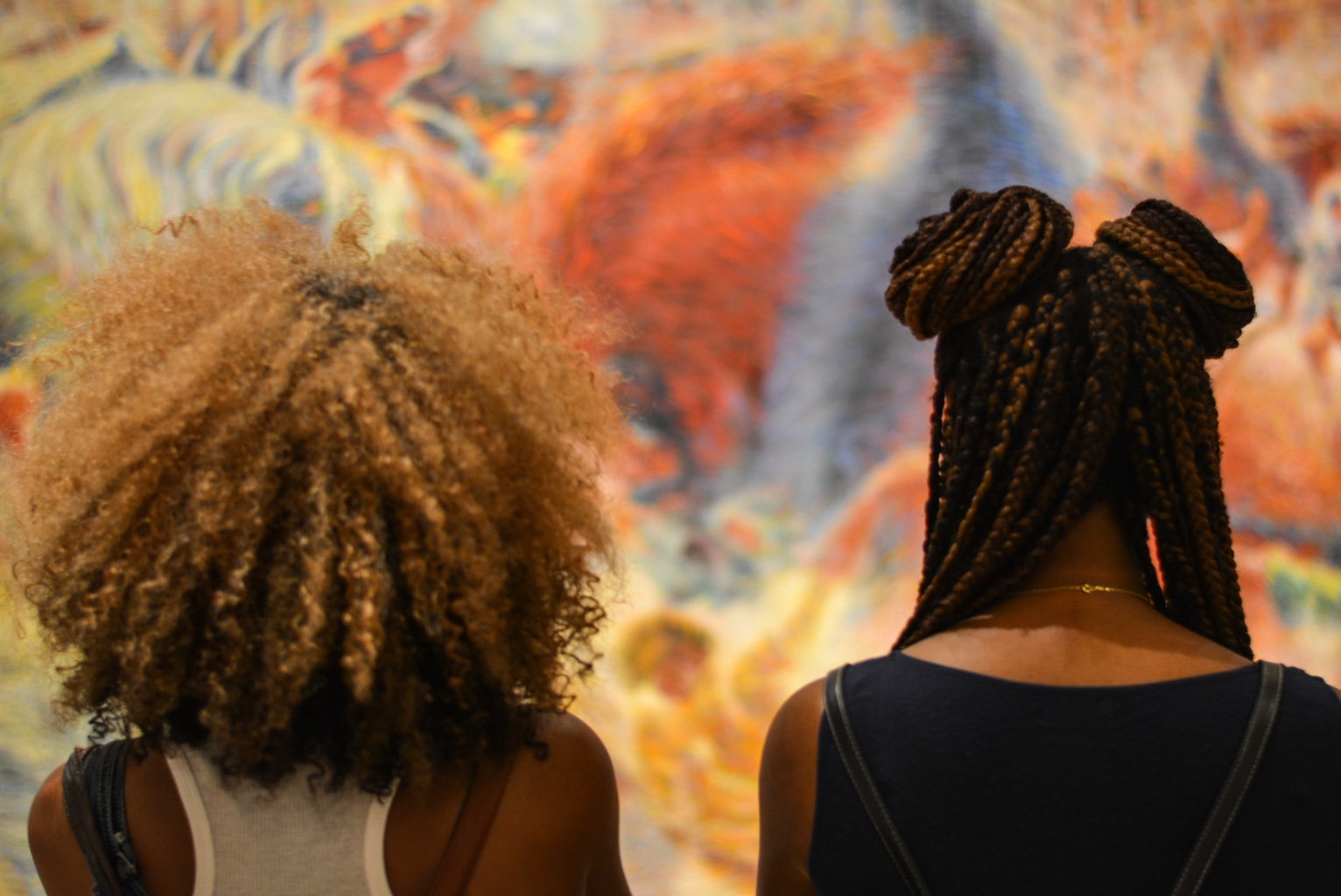The Natural Hair Movement, which occurred in the 1960s, brings to mind Black women sporting large afros, fighting for equality during the Civil Rights Movement. But the most recent push for Black women to adopt “natural” hairstyles can be traced to somewhere between 2009-2010. Due to an increase in Black content creators giving tips on natural hairstyles and providing descriptive tutorials related to growing and caring for natural hair. This movement, along with the film, “Good Hair” which premiered in 2009, lead to the modern understanding of what it means to be “natural.”
So what does it mean to be natural?
The term “natural hair” refers to Black hair that has not been treated with a relaxer or “permed.” Popularized in the 1980s, perms are effective chemical treatments that straighten kinky/curly hair. Unlike using a flat iron, perms are permanent (hence the name), which can be a blessing or a curse depending on your perspective. With this in mind, natural hair is just the absence of a perm. But what is behind the push for Black women to avoid perming their hair?
The fact is, perms can be incredibly damaging, and their permanence can only be reversed by growing out one’s roots and removing the parts that have been chemically treated. As previously mentioned, “Good Hair” a film narrated by Chris Rock, described how perms lead to hair loss and chemical burns on the scalp and hairline. Despite the fact that perms can often be incredibly damaging, they are easy to access and administer at home, making them an accessible option for those who want to straighten their hair.
With the inherently damaging effects of permanent relaxers, going natural may seem like the obvious option for many years. I grew up during the time when natural hair tutorials were popularized on YouTube, and I have always maintained my natural hair, even under protective styles such as braids or crochet locks. And although I’m proud and thankful that my grandmother never permed my hair, natural hair is a struggle, and placing it on a pedestal is arguably a questionable stance.
If you thought 15-step skincare tutorials seemed like a lot of work, maintaining natural hair can involve just as many if not more steps in order to be perceived as a “presentable” hairstyle. In addition to time spent caring for one’s hair, purchasing 2-3 bottles of products that work for natural hair can often be upwards of 40 dollars in addition to the money needed for combs and shampoo, and conditioner. For those without the financial resources and hours of time to focus on their hair, going natural can be a lot of work. For those who may struggle with caring for themselves for any reason, the pressure to maintain natural hair can be stressful, especially if you are used to maintaining straight hair. Thus a perm, while damaging, maybe a better option depending on the circumstances.
The second wave of the Natural Hair Movement has encouraged many Black women to embrace their natural hair and undoubtedly contributed to the normalization of natural hairstyles in professional and personal settings. While going natural can be a liberating experience, it is not always the best choice for everyone. Whether you choose to perm your hair, wear it naturally, or utilize protective styles, there is no shame in what works best for you.




